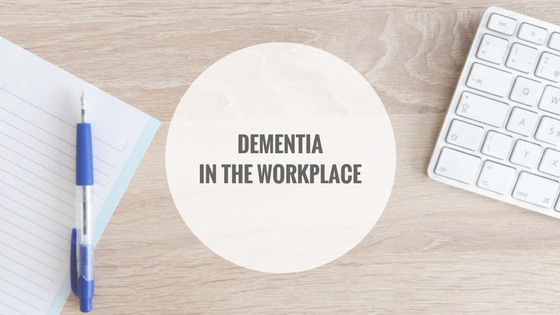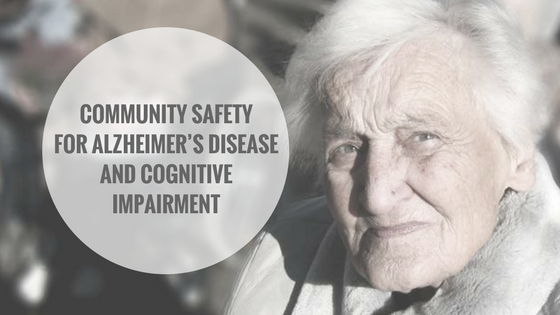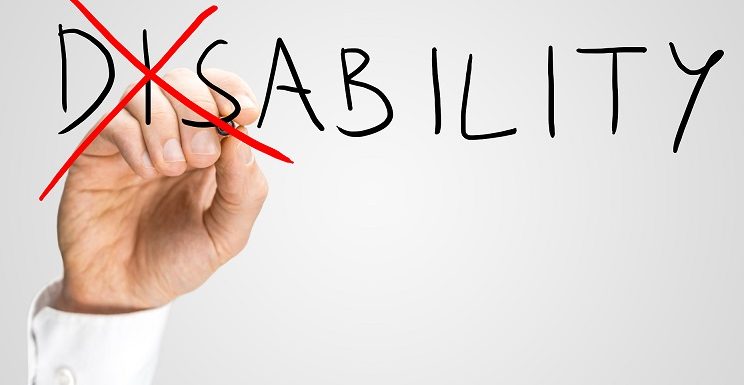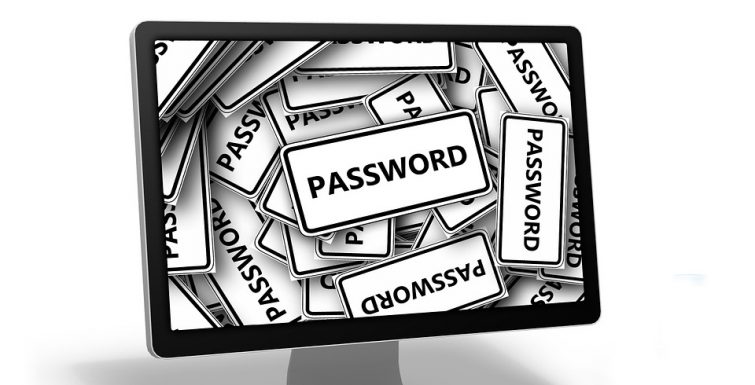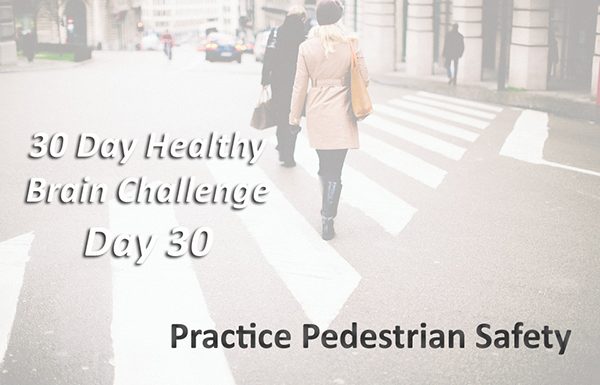Julie Entwistle, MBA, BHSc (OT), BSc (Health / Gerontology)
Co-written with Student Occupational Therapist Elizabeth Fallowfield
Last spring my daughter brought home a “fidget spinner” that she purchased off a kid at school. She showed me how this worked as I had not seen it before. After watching her use this I had flash backs to my pen-twirling days from University. When I started my undergrad at the University of Waterloo, I noticed other students (many foreign) that would twirl or spin their pen in their hand during lectures. I decided I too wanted to master this, and spent many-a-lecture working more on my pen-twirling skills than absorbing the worldly lessons of my professor. Eventually, after launching a few pens rows ahead of me, or losing them altogether, I mastered the twirl, flip and spin with both my dominant and non-dominant hands. Sometimes I would even get daring and twirl two pens at once (only in the really boring lectures of course). To me, the fidget spinner serves the same purpose – give your hands something to do when you should otherwise be focusing and attending to something else. But is this really the case?
The History of the Fidget Spinner…
The fad fidget spinners we saw in classrooms everywhere are a specific type of “fidget”, which can also include things like stress balls, fidget cubes, putty or smooth stones. The purpose of these “fidgets” are to allow for movement and sensory input – which then helps to either calm the body, or allow it to become more alert based on the sensory profile of the person, as assessed by a qualified therapist, such as an Occupational Therapist. The sensory profile is a depiction of the way that a person seeks, processes and organizes sensory input. It is this sensory profile which would determine for example, whether movement and fidgeting is beneficial – allowing someone to calm their body in order to stay seated throughout a lesson, or whether it would be overloading, or distracting.
For these reasons, fidgets were originally used as part of therapy for children with ADHD or Autism, who often have trouble regulating themselves in a classroom setting. However, the popular spinners we see in classrooms today are not a design of fidget commonly used for therapeutic treatment. A fidget cube is an example of a more therapeutic fidget that would provide tactile or touch stimulation without the visual distraction of spinning.
What Does the Research Say?
The Occupational Therapy profession is a leader in sensory processing assessment and research, and while these specific types of spinners are too new to have been researched specifically, the research on other types of spinners is clear – they can be equally helpful, harmful or neutral to a person’s focus depending on their unique sensory needs – which can only be accurately assessed by an Occupational Therapist or healthcare provider with training and experience in sensory processing theory and assessment.
The Bottom Line: Fidget Spinners are a Better Toy than a Therapy…
Parents and the general public should be cautious of the claims that fidget spinners are a broad and successful therapy tool for managing ADHD and Autism, or that they are globally effective at increasing attention and focus, or have a calming influence. Truthfully, fidget spinners could be either an outlet to provide stimulation and to increase attention, or a distraction from something that is likely more important to be attending to (i.e. expensive University lectures). So, perhaps unless prescribed, these are best left at home this coming September.
References:
Barton, E., Reichow, B., Schnitz, A., Smith, I., Sherlock, D. (2015). A systematic review of sensory‐based treatments for children with disabilities. Research in Developmental Disabilities, 37, 64‐80.
Foss-Feig, J. H., Tadin, D., Schauder, K. B., & Cascio, C. J. (2013). A substantial and unexpected enhancement of motion perception in autism. Journal of Neuroscience, 33(19), 8243-8249.
Stalvey, S. and Brasell, H. (2006). Using Stress Balls to Focus the Attention of Sixth-Grade Learners. Journal of At-Risk Issues, 12, 2, 7-16.
Zimmer, M., Desch, L., Rosen, L. D., Bailey, M. L., Becker, D., Culbert, T. P., … & Adams, R. C. (2012). Sensory integration therapies for children with developmental and behavioral disorders. Pediatrics, 129(6), 1186‐1189.

